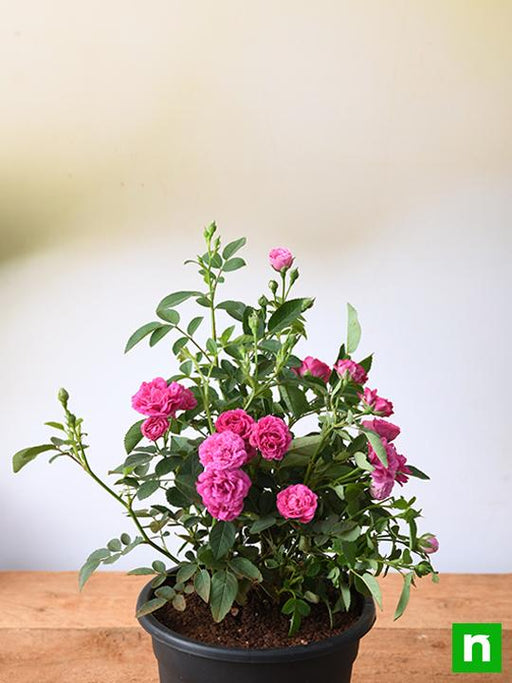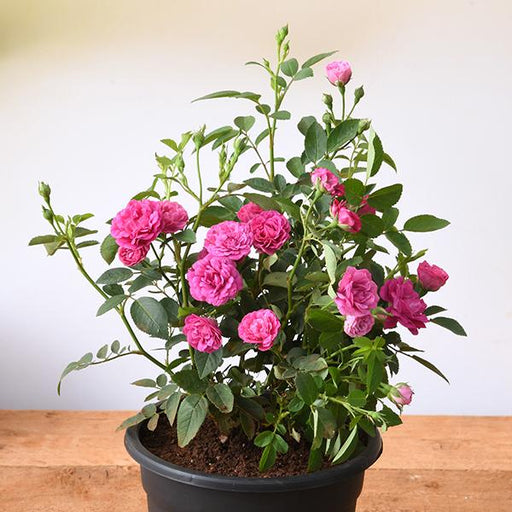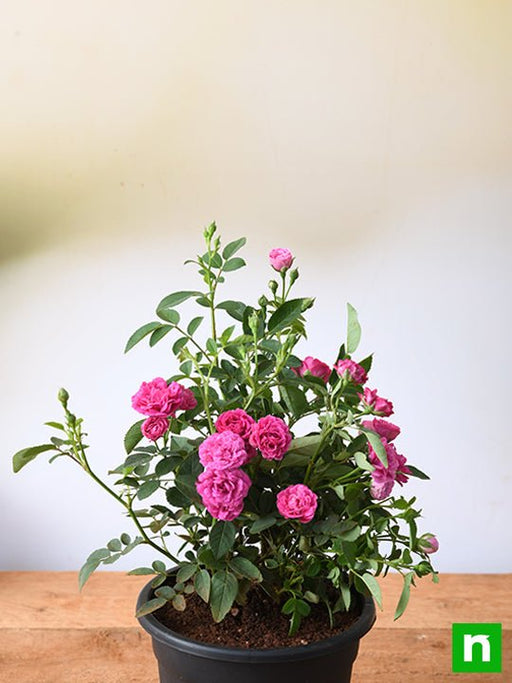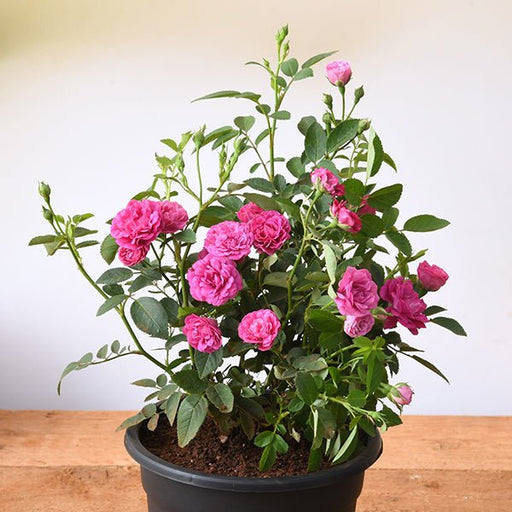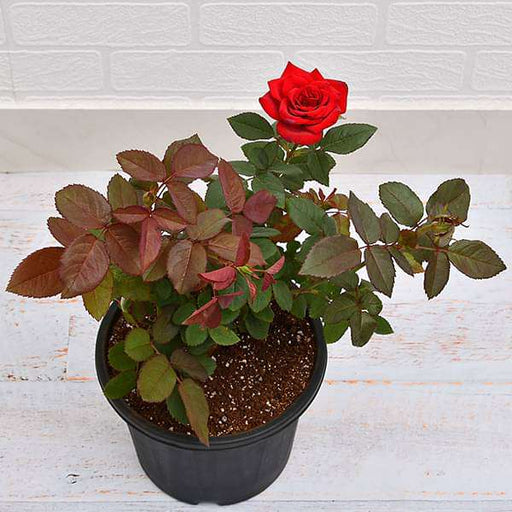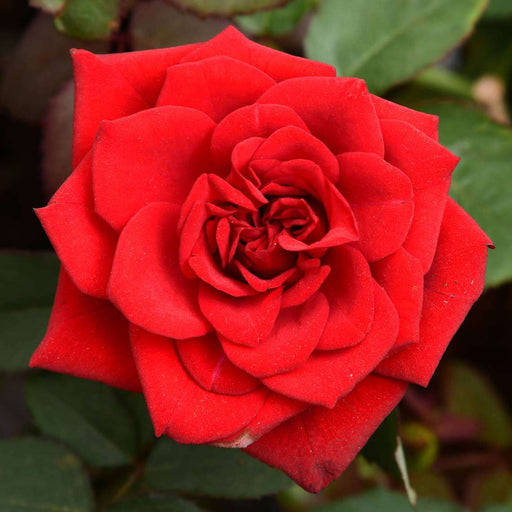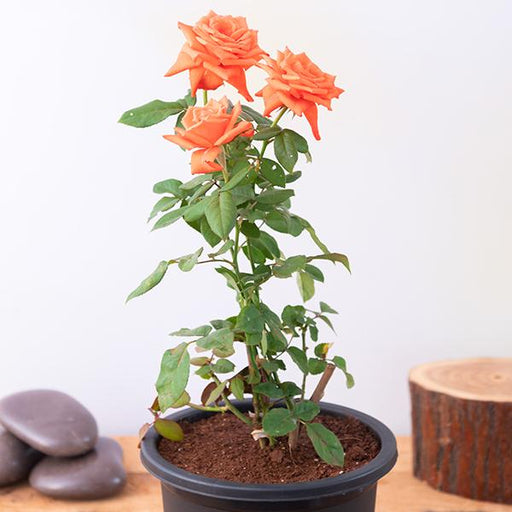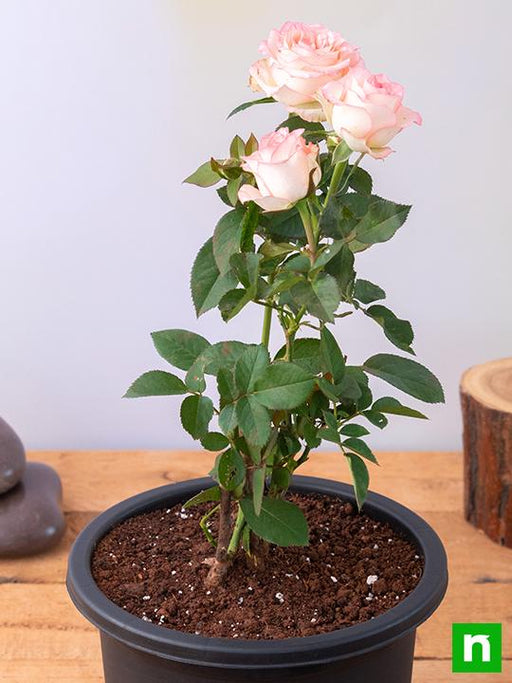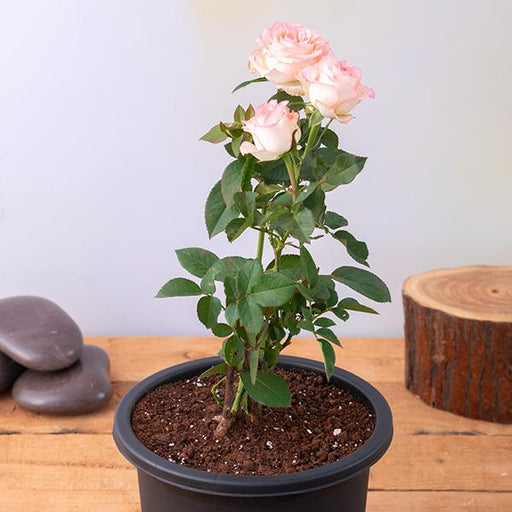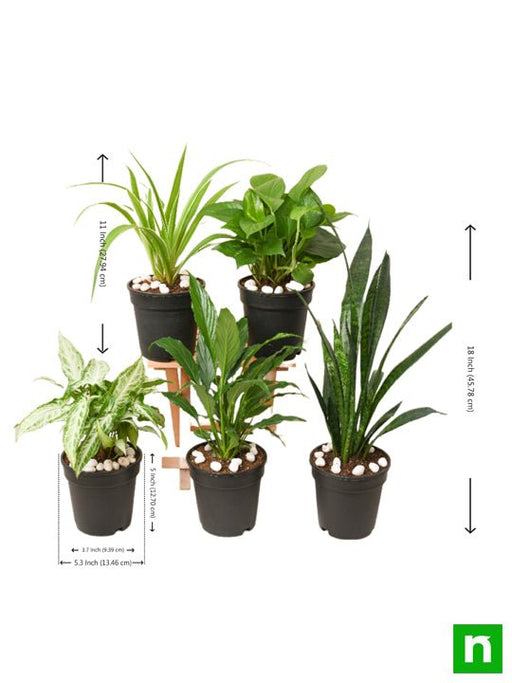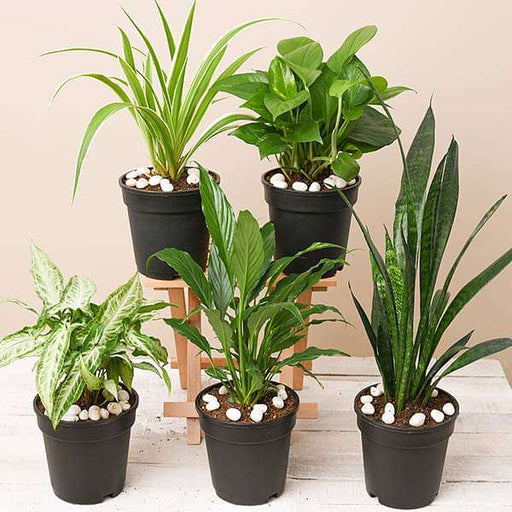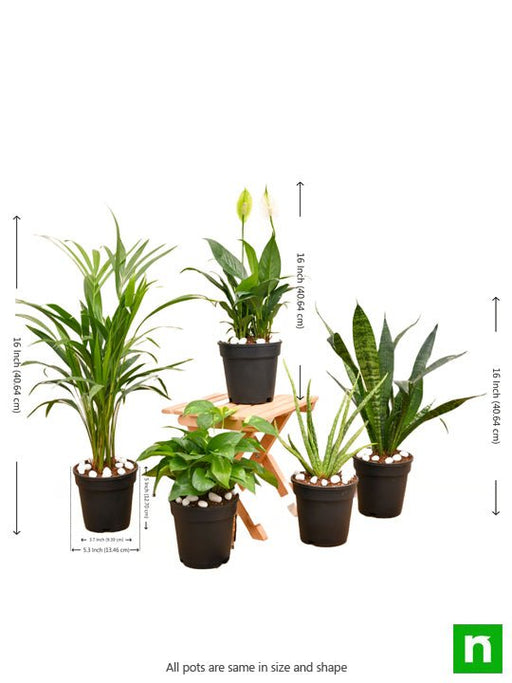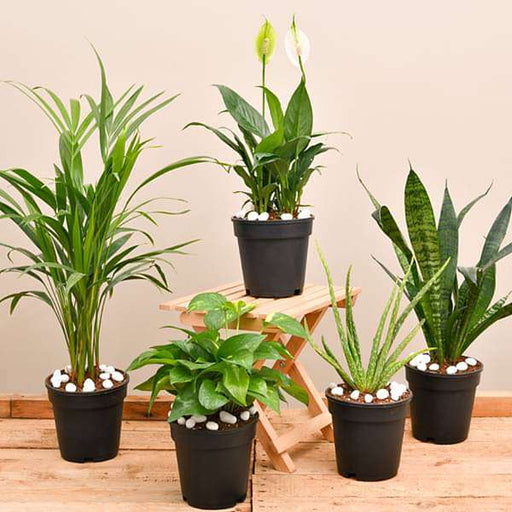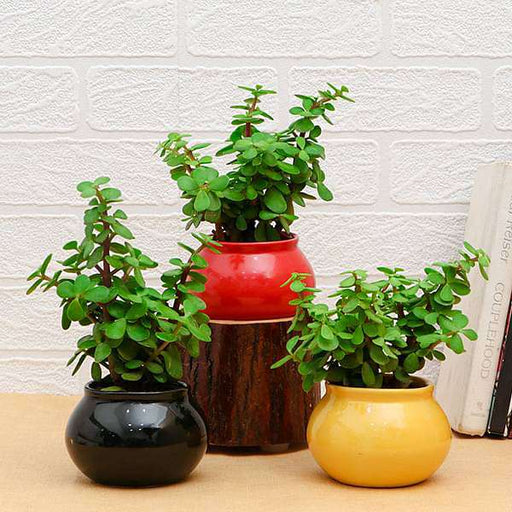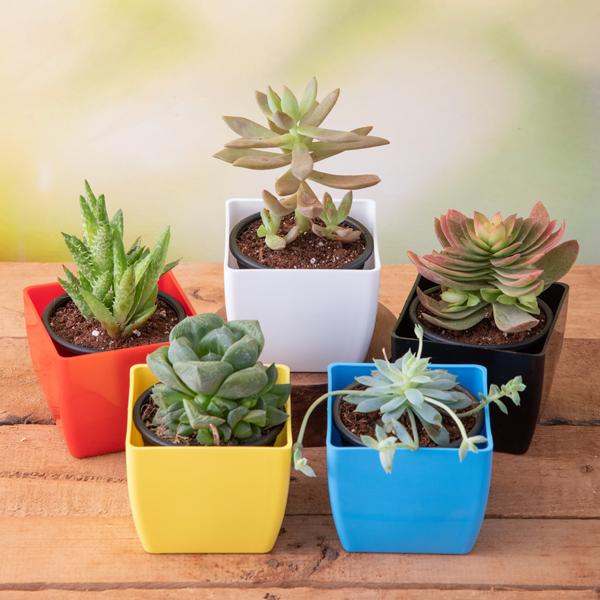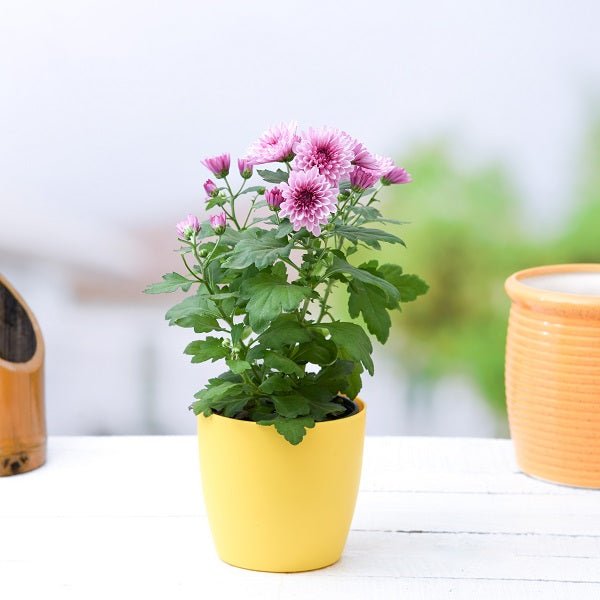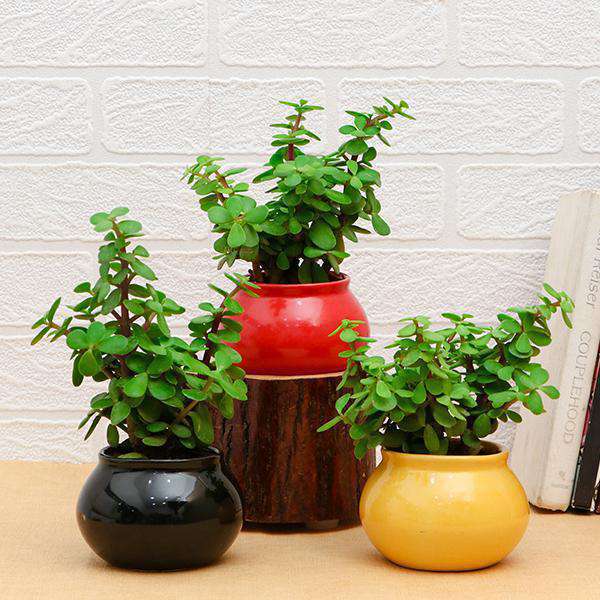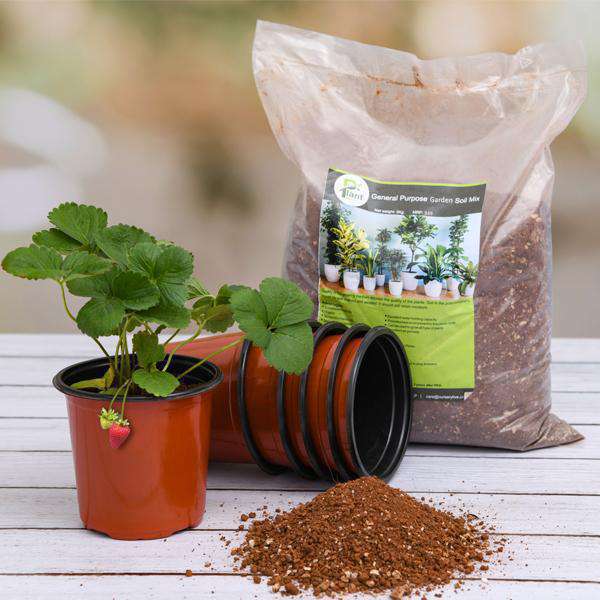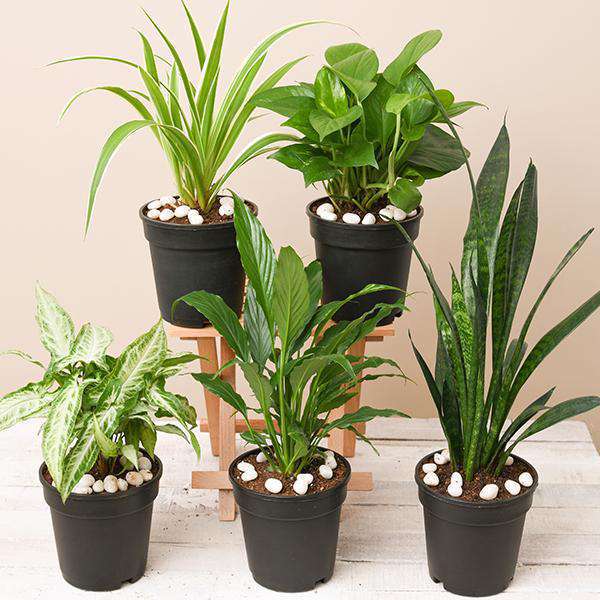English Rose Varieties
When it comes to English roses, variety is the spice of life! From the classic blush pink to the vibrant crimson, each variety has its own personality. Some are shy and demure, while others are bold and flamboyant. Choosing the right variety is like picking a dance partner; you want one that complements your garden's style and your own flair for the dramatic.
Planting English Roses
Planting English roses is like setting the stage for a grand performance. Choose a sunny spot, dig a hole that’s as deep as your love for gardening, and give your rose a cozy home. Remember, they thrive on attention, so don’t skimp on the soil quality or watering. Treat them right, and they’ll reward you with a show-stopping display.
Caring for English Roses
Caring for English roses is akin to nurturing a diva. They require regular watering, pruning, and a sprinkle of fertilizer to keep them in tip-top shape. Don’t forget to check for pests; these beauties can be a magnet for unwanted guests. With a little TLC, your roses will bloom like they’re on the cover of a gardening magazine.
English Rose Colors
The color palette of English roses is a feast for the eyes! From soft pastels to bold hues, each color tells a story. Pink roses whisper sweet nothings, while red roses shout passion. Yellow roses bring sunshine to your garden, and white roses exude elegance. Choose your colors wisely, and watch your garden transform into a vibrant masterpiece.
English Rose Fragrance
Ah, the intoxicating fragrance of English roses! It’s like a love letter to your senses. Some varieties boast a strong, heady scent that can transport you to a romantic garden in full bloom. Others have a more subtle aroma, perfect for those who prefer a gentle whisper over a loud proclamation. Whichever you choose, your garden will smell like a dream.
Companion Plants for English Roses
Pairing your English roses with the right companions is like assembling a dream team. Lavender, for instance, not only looks fabulous but also repels pesky pests. Delphiniums and foxgloves add height and drama, while daisies bring a cheerful touch. Choose wisely, and your garden will be the talk of the town!
English Rose Diseases
Even the most glamorous English roses can fall victim to diseases. Black spot, powdery mildew, and aphids are the villains in this floral tale. But fear not! With a little vigilance and some organic treatments, you can keep your roses healthy and thriving. After all, every diva needs a good bodyguard!
Pruning English Roses
Pruning English roses is like giving them a stylish haircut. It may seem harsh, but it’s essential for their health and beauty. Trim away dead or diseased wood, and shape them to encourage new growth. Just remember, a little snip here and there can lead to a fabulous bloom later on!
English Rose Soil Requirements
The secret to happy English roses lies in the soil. They prefer well-draining, nutrient-rich soil that’s as cozy as a five-star hotel. A mix of compost and loamy soil will do the trick. Think of it as their luxurious spa treatment; the better the soil, the more fabulous the blooms!
English Rose Growing Zones
Knowing your growing zone is crucial for English roses. These beauties thrive in temperate climates, so check your zone before planting. If you’re in a cooler area, consider container gardening to bring them indoors during harsh winters. After all, even roses deserve a warm hug when the weather turns chilly!
English Rose Maintenance Tips
Keeping your English roses in tip-top shape requires a bit of finesse. Regular deadheading, watering, and fertilizing are key to a flourishing garden. Don’t forget to keep an eye out for pests and diseases. With a little effort, your roses will be the envy of the neighborhood, blooming like they own the place!


